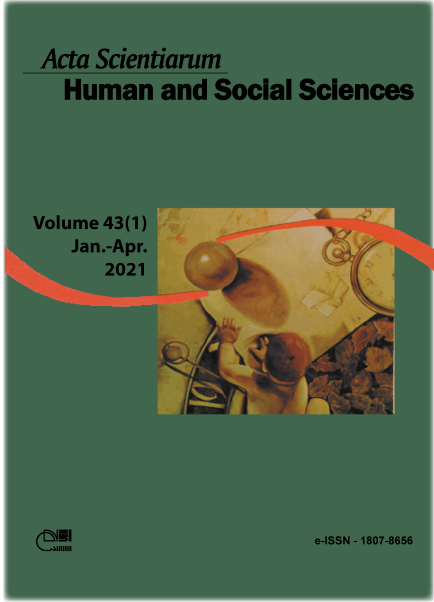The history of astronomy and its role in teaching philosophy of astronomy
Abstract
The evolution undergone by the concept of observation in contemporary astronomy has generated new scientific conceptions about the observable universe, as well as different reflective ways of conceiving it. Technological advances in recent astronomical instruments have led to new and more sophisticated observational practices within this discipline. As they have become more complex, historical approaches are crucial to teach philosophy of astronomy. In this article, an attempt will be made to create an appropriate context for the teaching of philosophical problematics of science in astronomical academic settings. In particular, taking into account the metamorphoses suffered by the concept of observation in current astronomy and, the point of view from the philosophy of scientific practices, it is intended to show how that concept has been losing its ability to reflect subtle aspects of epistemological relevance. One of the aims here is to encourage members of the astronomical community to reflect on such problems. Through a historical description along the last decades of astronomy, it will be shown how those techno-scientific changes have influenced on the conception of observation itself. This way philosophers and astronomers may generate innovative strategies while teaching philosophical contents. This may help astronomers to rethink the way they carry out their own investigations.
Downloads
DECLARATION OF ORIGINALITY AND COPYRIGHTS
I Declare that current article is original and has not been submitted for publication, in part or in whole, to any other national or international journal.
The copyrights belong exclusively to the authors. Published content is licensed under Creative Commons Attribution 4.0 (CC BY 4.0) guidelines, which allows sharing (copy and distribution of the material in any medium or format) and adaptation (remix, transform, and build upon the material) for any purpose, even commercially, under the terms of attribution.
Read this link for further information on how to use CC BY 4.0 properly.























